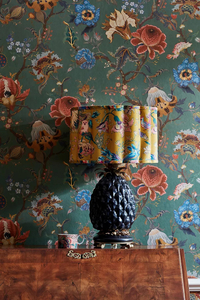How do you pattern clash successfully? Designers explain this maximalist approach to using prints
Interior designers explain how to master clashing patterns in a modern way to avoid looking kitsch
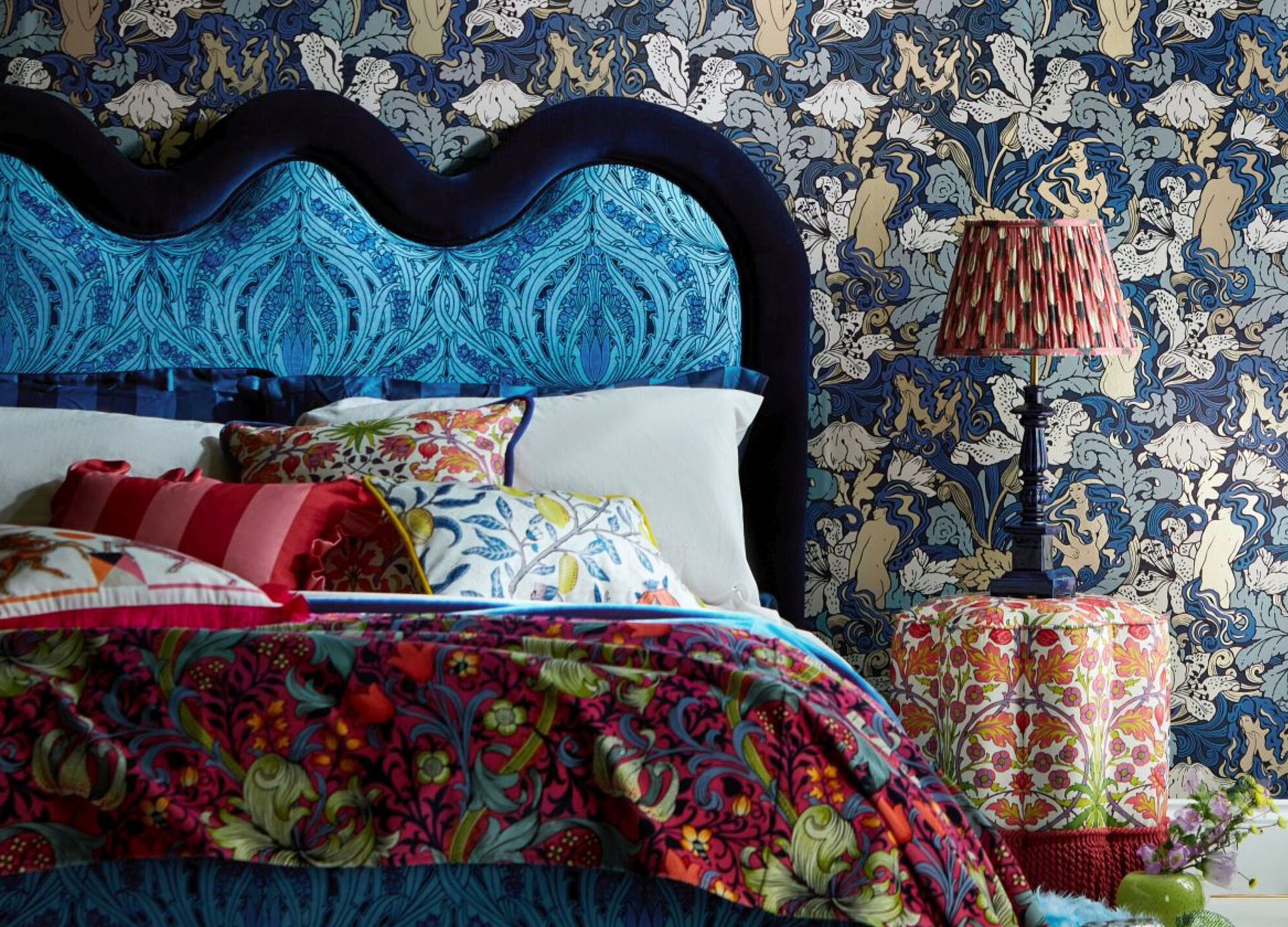

As we creep ever closer to 2023, pattern clashing remains one of the biggest trends for those looking for a maximalist look. Without a doubt, this bold and daring style can be hard to master, but get it right and this design statement will be a surefire way of wowing guests.
Just as clashing colors have soared in popularity as an interior design trend, clashing patterns have followed suit. This maximalist approach to design is all about embracing a playful, fun and dramatic style that makes your interiors pop, adding depth and dimension to your space in unlikely ways.
'The past few years we’ve seen people have more fun with their design choices and leave the rule book at the front door,' says Jo Plant, head of design at Pooky. 'Clashing patterns, and color combinations that have previously offended are front and center as homes become a space to truly live in and fully appreciate.'
To learn how to use clashing patterns effectively, we've asked a few designers for their expert tips on how to achieve the look for a bright and bold design scheme. They share their thoughts below.

Lilith is an expert at following news and trends across the world of interior design. She's committed to sharing articles that help readers embrace emerging trends and keep up-to-date with changing styles. For this piece, she spoke with leading designers to learn all about the art of pattern clashing, one of the best ways to inject color into our homes
Why are patterns so popular right now?
There's no denying the enduring relevance of pattern. Be it through textiles, tiles or wallpaper, pattern has proven to be a perfect way of adding visual appeal to our designs for centuries. And yet, in the past few years, we've noticed more and more patterns entering our homes in fresh and contemporary ways - but why?
'Maximalism in general has been seen a huge comeback in recent years which has seen a rise in both brands and people being more daring in their homeware choices,' explains Jessica Clayworth, Head of Design at Morris & Co. 'Patterns are an easy way of bringing that color, fun and personality into your home.'
The key is to make traditional patterns feel modern. The 1970s revival that we've also seen dominate designs has likely played a significant role in patterns' return. Bright and bold geometric prints are having a huge moment, and there's no better way to replicate the retro vibe than using them against a backdrop of clashing patterned wallpaper.
How to embrace clashing patterns
1. Start with a hero print
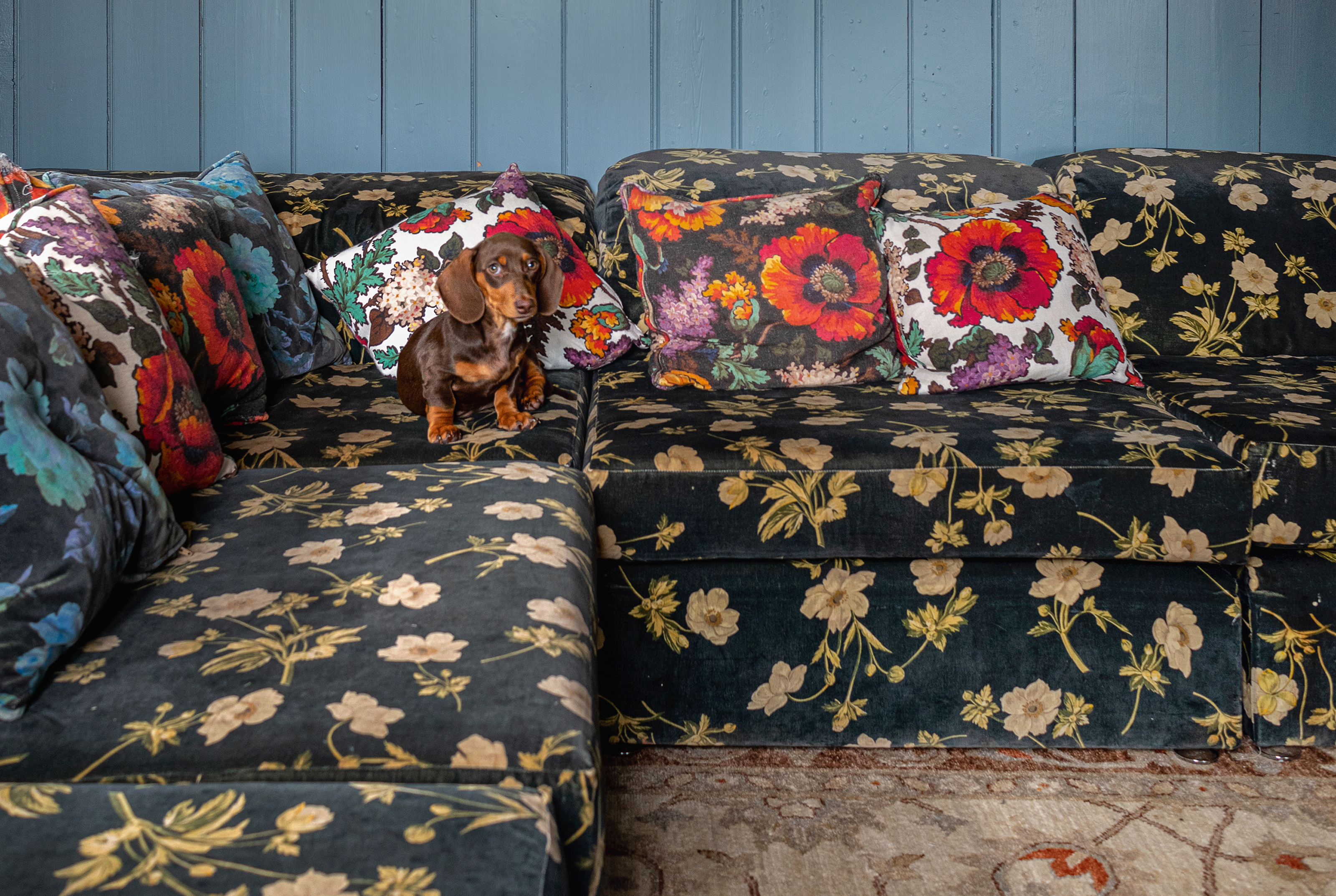
When it comes to clashing patterns, you might think it's simply a case of throwing any old prints together for the ultimate contrast but in fact, it's a more curated look than you'd think.
According to Jessica, the trick is to start with a hero print from which to work your other patterns around. 'Choose something bold, colorful, with a resonation to your own personal style,' she says. 'The trick to any mismatched scheme is to find an anchor color that links your varying patterns together. You can then go to town on the designs as much as you like!'
This doesn't mean you have to limit yourself to just a few complimentary shades; quite the opposite, you can opt for a mix of clashing colors. The key is to have a few grounding colors that run throughout your patterns. 'It’s best to stick to a tight color palette of three to five different colors,' says Jessica. 'Something as simple as a mix-and-match cushion scheme can give your space a certain edge, while helping to stamp your own distinctive sense of style on your home.'
2. Add a patterned shade
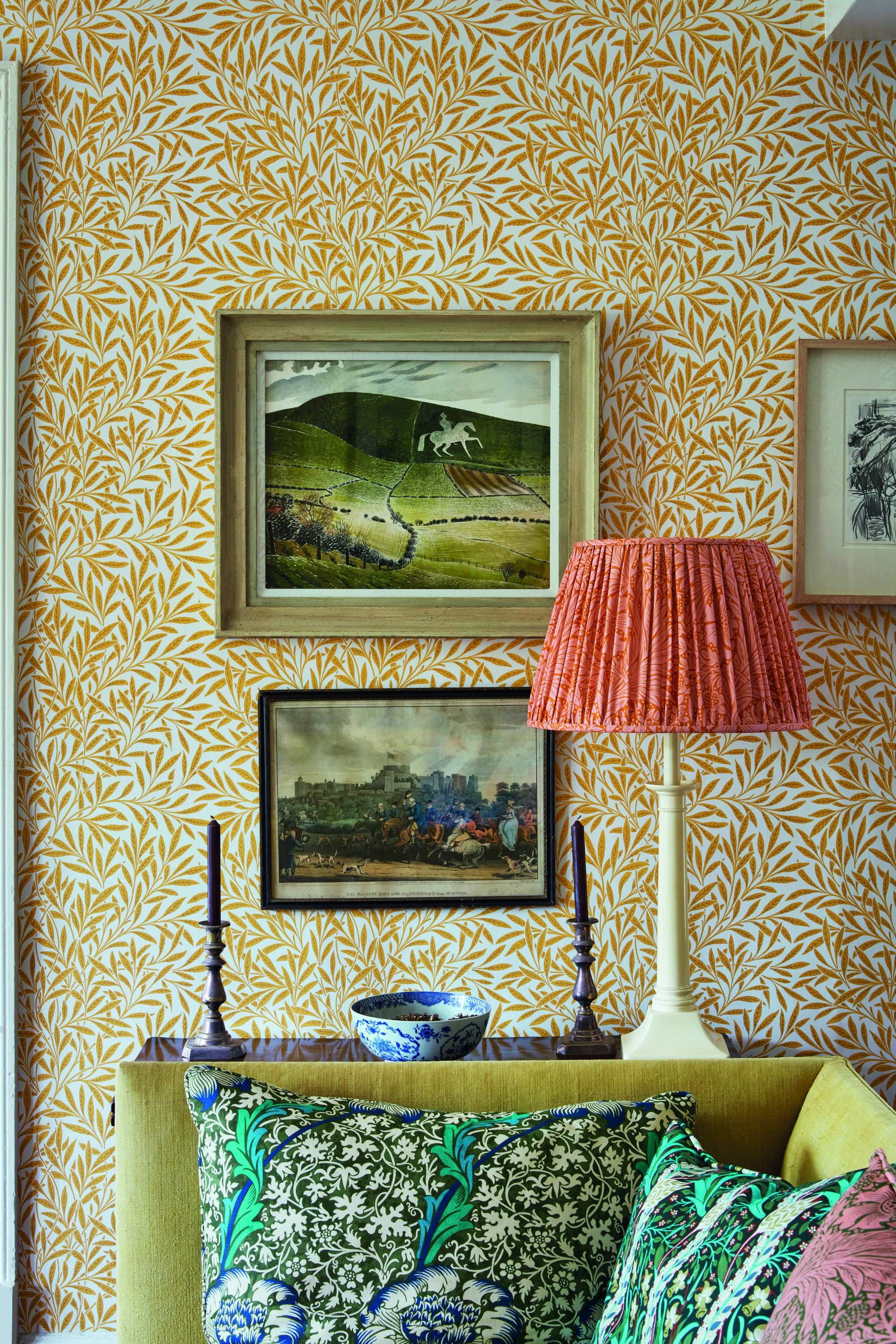
Most often, we think of wallpaper or area rugs when we want to add patterns to our homes. While these act as a great backdrop for building other clashing prints in your space, they are definitely a more daring and potentially risky choice. Instead, Jo Plant at Pooky encourages us to start small with a shade.
'There’s no doubt that incorporating pattern into the home brings cheer, particularly when combining this with quirky color choices or added detail such as fringing,' she notes. 'A patterned shade is a small but substantial add-on to help enliven interiors and add a spot of pizazz both when lighting is switched on, and as a statement in its own right when not in use.'
Jessica also notes how shades are less of a commitment than rugs, wallpaper or larger furnishings when it comes to incorporating pattern. 'Patterned shades aren’t quite as permanent, so it’s a way to test the waters alongside other smaller homewares such as cushions,' she explains.
When using a shade within a pattern-clashing theme, you still want it to make a statement. While patterned lampshades can look beautiful against a wallpaper backdrop, it's a good idea to ensure the color or detail on your shade still stands out against the wall behind. 'If styled alongside items that are equally attention-grabbing, the shade could lose its power,' says Jo. 'We’re big fans of cluttercore but always appreciate when great shades are the main event!'
House of Hackney Scalloped Lamp Shade, Anthropologie
This beautiful scalloped lamp shade from House of Hackney would look beautiful against a patterned wallpaper. Play with scale to make the combination work.
3. Embrace pattern drenching
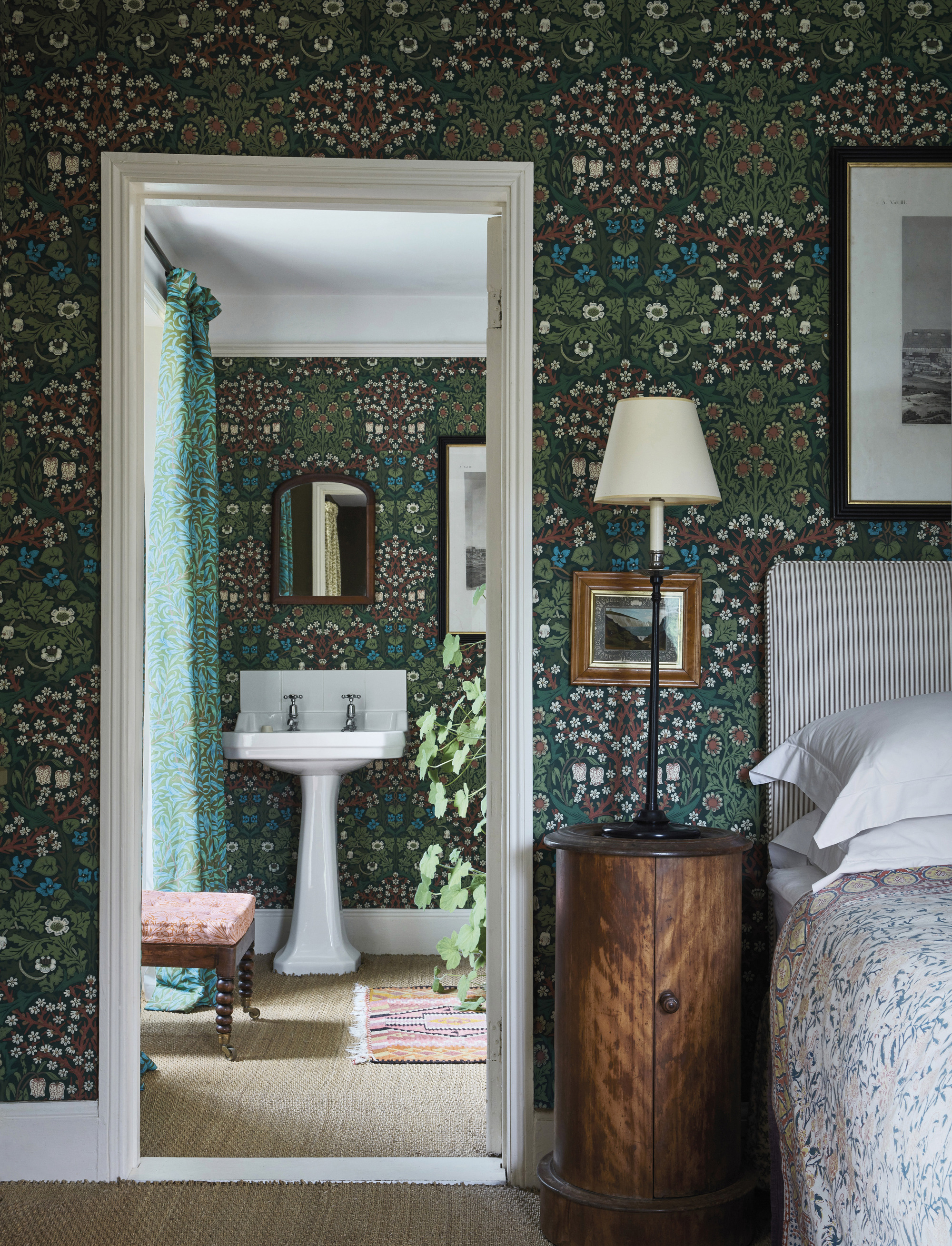
In order to embrace clashing patterns you'll need at least two prints, but why stop there? Pattern drenching is all about using an array of patterns and prints from floor to ceiling - and everywhere in between.
'Pattern drenching is the new color drenching, a trend we’re predicting will continue to grow in popularity,' Jo says. 'To achieve a chaotically co-ordinated look, we work with heritage brands such as Archive which allows customers to choose fabric and wallpapers that create a matchy-matchy look and utilize the same pattern swathed across a room.'
Instead of going for matching patterns in different colorways or materials, go for contrasting patterns. Use stripes alongside florals, or chequered squares adjacent to animal prints. If they're kitsch, they're likely to clash.
'If you have existing patterned wallpapers or furniture you need to compliment in a new space, this is the perfect starting point,' says Jessica. 'Sometimes pairing patterns is as simple as not thinking too hard about it, your subconscious will know what’s right and what’s not. Trust your personal style, what you like and run with it!'
4. Don't forget negative space
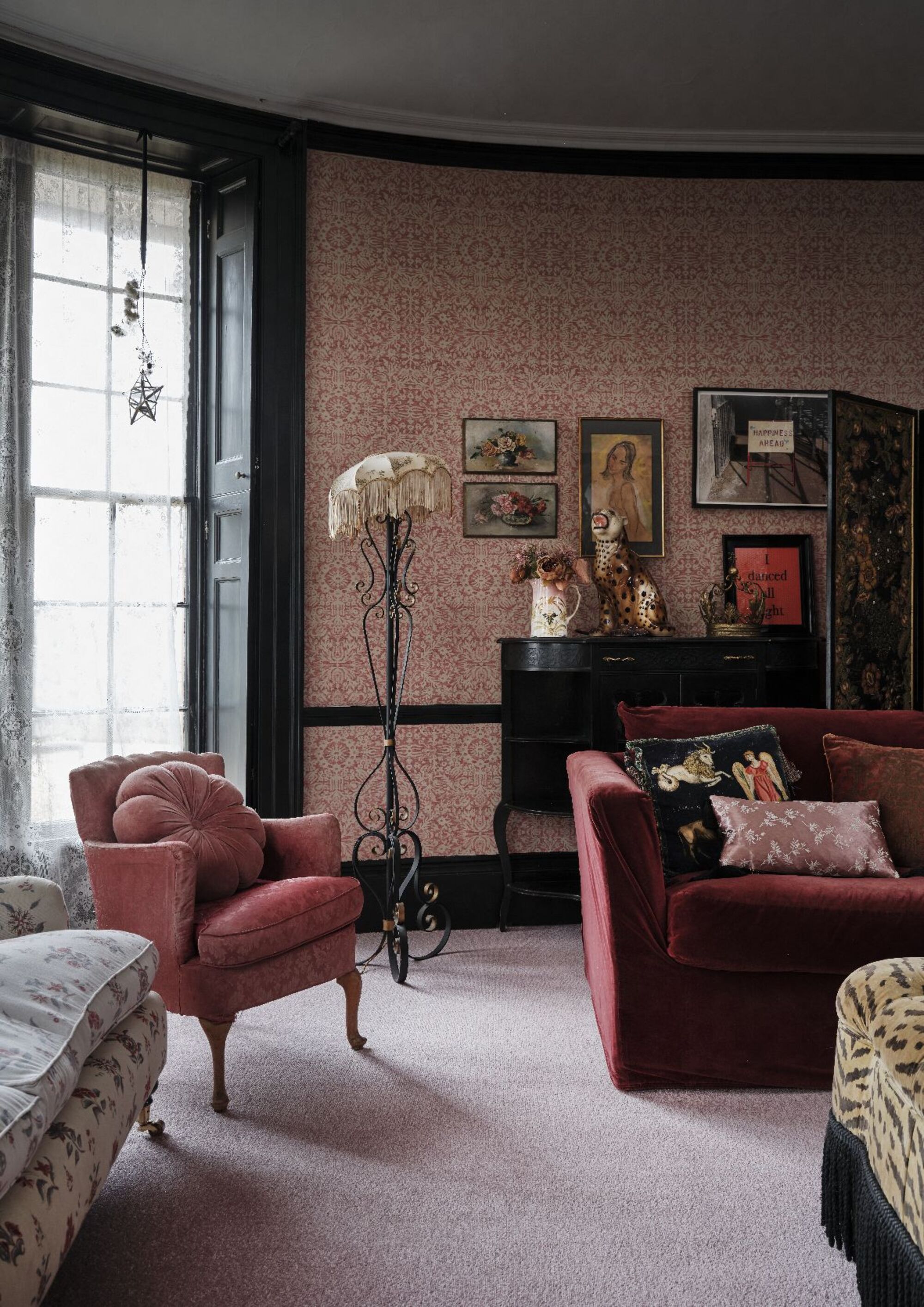
Finally, don't forget the importance of negative space. Just as white space is important on a page, some neutral elements of your design will help add a modern edge as well as emphasize the effects of the patterns.
'Using softer tones and lots of negative space ensures the interior stays looking up to date,' Jessica notes. Maybe you want to keep your wooden flooring as it is, or perhaps your furniture will all be a neutral color scheme. Having these 'gaps' in your design will help draw the eye to the effective use of patterns. 'Using brighter colors, less muted tones and throwing in a contrasting color also ensures a more current looking interior,' Jessica adds.
Be The First To Know
The Livingetc newsletters are your inside source for what’s shaping interiors now - and what’s next. Discover trend forecasts, smart style ideas, and curated shopping inspiration that brings design to life. Subscribe today and stay ahead of the curve.

Lilith Hudson is a freelance writer and regular contributor to Livingetc. She holds an MA in Magazine Journalism from City, University of London, and has written for various titles including Homes & Gardens, House Beautiful, Advnture, the Saturday Times Magazine, Evening Standard, DJ Mag, Metro, and The Simple Things Magazine.
Prior to going freelance, Lilith was the News and Trends Editor at Livingetc. It was a role that helped her develop a keen eye for spotting all the latest micro-trends, interior hacks, and viral decor must-haves you need in your home. With a constant ear to the ground on the design scene, she's ahead of the curve when it comes to the latest color that's sweeping interiors or the hot new style to decorate our homes.
-
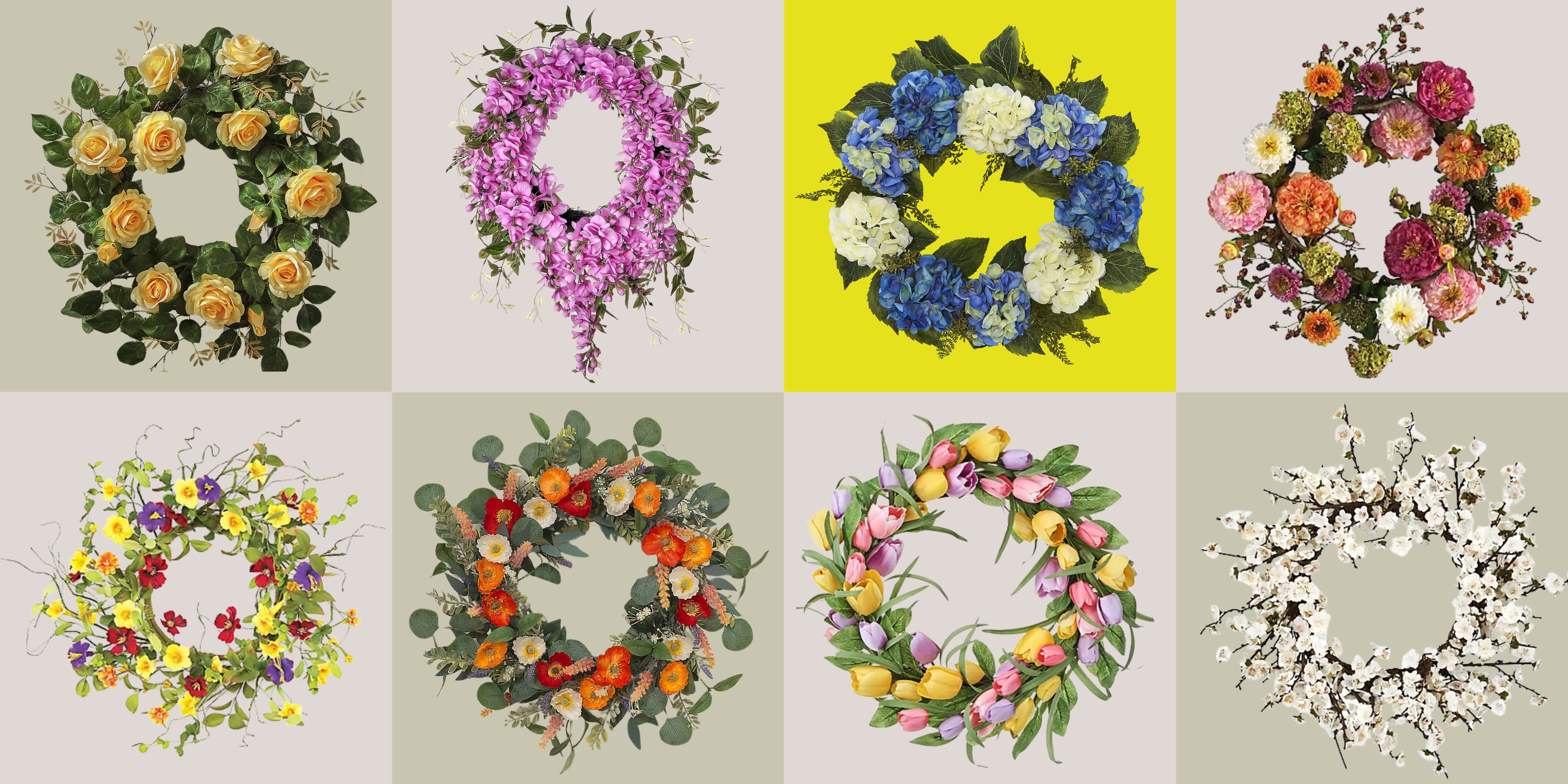 These Are the Flower Crowns I’m Wearing This Spring (Spoiler: They’re Actually for My Door)
These Are the Flower Crowns I’m Wearing This Spring (Spoiler: They’re Actually for My Door)Coachella confirmed the comeback of flower crowns. At home, they just go by another name: the spring wreath
By Julia Demer
-
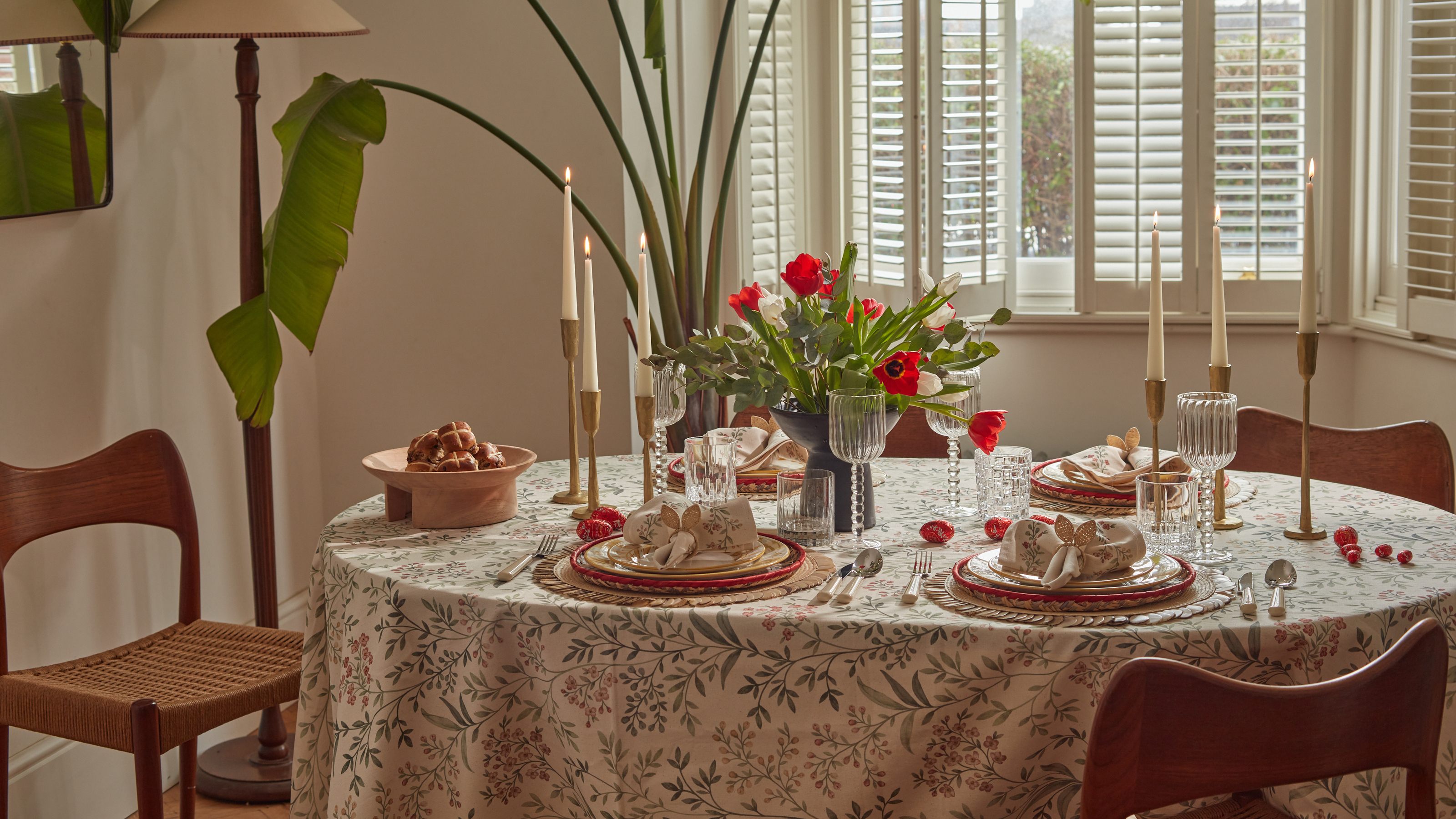 Bunny Ears, Be Gone — 7 Easter Table Styling Mistakes That Will Take Your Setting from Tawdry to Tasteful
Bunny Ears, Be Gone — 7 Easter Table Styling Mistakes That Will Take Your Setting from Tawdry to TastefulFrom fussy floral displays that disrupt conversation to over-relying on tacky tropes, don't fall victim to these errors when decorating your Easter table
By Lilith Hudson
